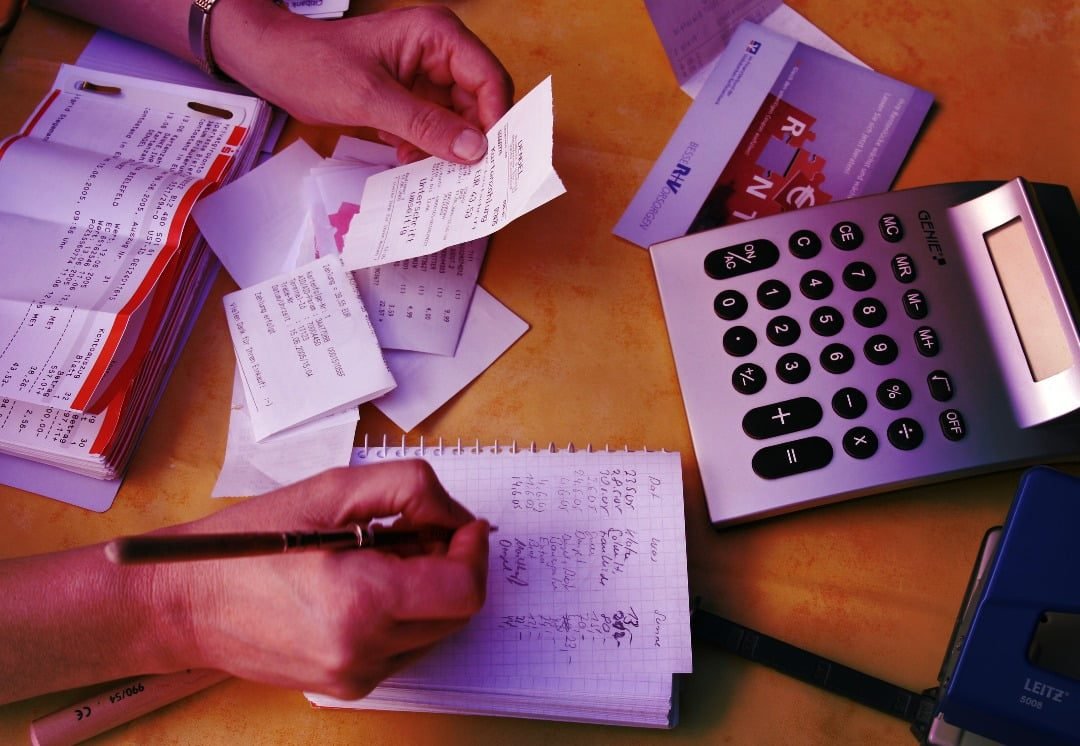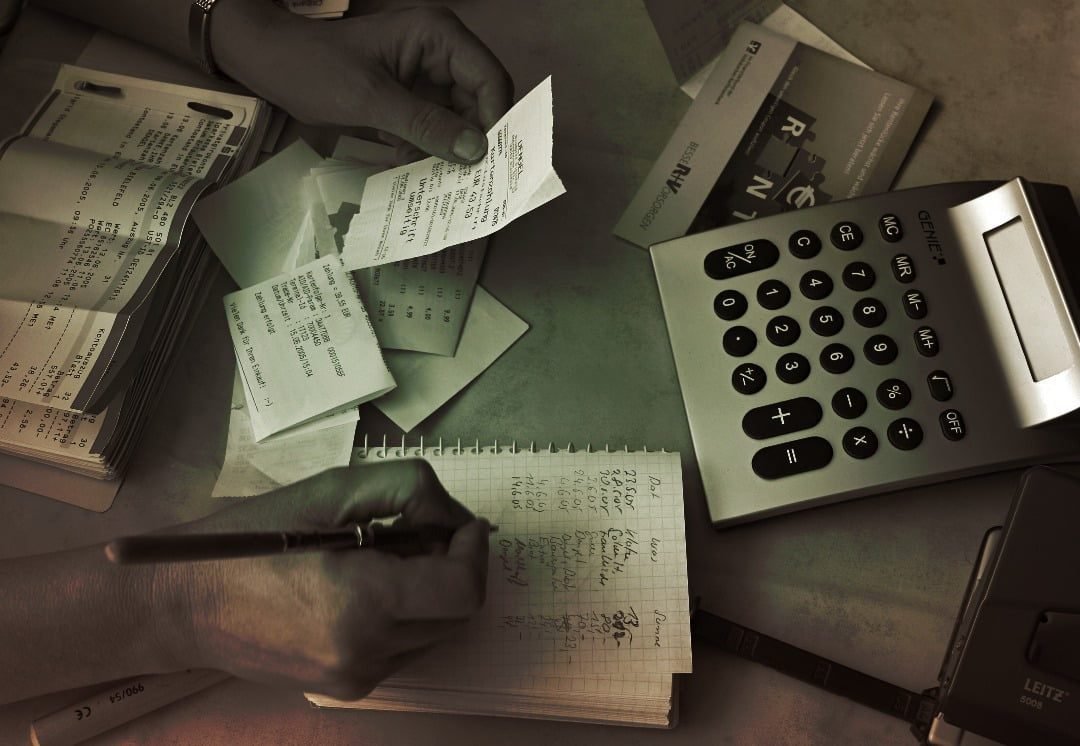Meaning of Negotiable Instrument: A negotiable instrument is a specialized type of “contract” for the payment of money that is unconditional and capable of transfer by negotiation. The Concept of the study Explains – Negotiable Instruments: Types of Negotiable Instruments, Classification of Negotiable Instruments, Importance of Negotiable Instruments. Common examples include cheques, banknotes (paper money), and commercial paper. Also learned, Negotiable Instruments: Types, Classification, Importance!
Explain and Learn, Negotiable Instruments: Types, Classification, Importance!
A promissory note: is a Written promise by the maker to pay money to the payee. the most common type of promissory note is a bank note, Which is defined as a promissory note made by a bank and payable to bearer on demand. Through promissory note a person i.e. maker (drawer) promise to pay the payee a specific amount on a specified date Without any condition. “o the important points in a promissory note are 1) it is unconditional order 2) a specific amount 3) payable to the order of a person or on demand.
A bill of exchange: is a Written order by the drawer to the drawee to pay money to the payee. The most common type of bill of exchange is the cheque, which is defined as a bill of exchange drawn on a banker and payable on demand. &ills of exchange are used primarily in international trade and are written orders by one person to his bank to pay the bearer a specific sum on a specific date sometime in the future.
A cheque: is an unconditional order in writing drawn upon a specified banker signed by the drawer, directing to the banker to pay on demand a certain sum of money to or to the order of a person named therein or to the bearer.
#Types of Negotiable Instruments:
Parties to various types of Negotiable Instruments:
Drawer or Drawee:
The maker of a bill of exchange or cheque is called the “drawer”; the person thereby directed to pay is called the “Drawee”.
Drawee in case of need:
When in the bill or in any endorsement thereon the name of any person is given in addition to the Drawee to be resorted to in case of need such person is called a “drawee in case of need”.
Acceptor:
After the drawee of a bill has signed his assent upon the bill, or, if there are more parts thereof than one, upon one of such parts, and delivered the same, or given notice of such signing to the holder or to some person on this behalf, he is called the “acceptor”.
The acceptor for the honor:
When a bill of exchange has been noted or protested for non-acceptance or for better security, and any person accepts is supra protest for the honor of the drawer or of any one of the endorsers, such person is called an “acceptor for honor”.
Payee:
The person named in the instrument, to whom or to whose order the money is by the instrument directed to be paid, is called the “payee”.
Holder:
The “holder” of a promissory note, bill of exchange or cheque means any person entitled in his own name to the possession thereof and to receive or recover the amount due thereon from the parties thereto. Where the note, bill or cheque is lost or destroyed, its holder is the person so entitled at the time of such loss or destruction.
Holder in due course:
“Holder in due course” means any person who for consideration became the possessor of a promissory note, bill of exchange or cheque if payable to bearer, or the payee or endorse thereof, if (payable to order) before the amount mentioned in it became payable, and without having sufficient cause to believe that any defect existed in the title of the person from whom he derived his title.
Endorsement:
When the marker or holder of a negotiable instrument signs the same, otherwise than as such maker, for the purpose of negotiation, one the back or face thereof or on a slip of paper annexed thereto, or so signs for the same purpose a stamped paper intended to be completed as a negotiable instrument, he is said to endorse the same, and is called the “endorser”.
Capacity to make, etc., promissory notes, etc.: Every person capable of contracting, according to the law to which he is subject, may bind himself and be bound by the making, drawing, acceptance, endorsement, delivery and negotiation of a promissory note, bill of exchange or cheque.
Minor:
A minor may draw, endorse, deliver and negotiate such instruments so as to bind all parties except himself. Nothing herein contained shall be deemed to empower a corporation to make, endorse or accept such instruments except in cases in which, under the law for the time being in force, they are so empowered.
Agency:
Every person capable of binding himself or of being bound, as mentioned in section 26, may so bind himself or be bound by a duly authorized agent acting in his name. A general authority to transact business and to receive and discharge debts does not confer upon an agent the power of accepting or endorsing bills of exchange so as to bind his principal.
#Classification of Negotiable Instruments:
The Following Classification of Negotiable Instruments are:
Inland Instrument:
A promissory note, bill of exchange or cheque which is 1) both drawn or made in India and made payable in India, or 2) drawn upon any person resident in India, is deemed to be an inland instrument. A bill of exchange drawn upon a resident in India is an inland bill irrespective of the place where it was drawn.
Foreign Instrument:
An instrument, which is not an inland instrument, is deemed to be a foreign instrument. Foreign bills must be protested for dishonor if such protest is required by the law of the place where they are drawn. But protest in case of inland bills is optional.
Instruments payable on demand:
A cheque is always payable on demand and it cannot be expressed to be payable otherwise than on demand. A promissory note or bill of exchange is payable on demand:
- When no time for payment is specified in it.
- When it is expressed to be payable ‘on demand’, or ‘at sight’ or ‘on presentment’. The words ‘on demand’ is usually in a promissory note, the words ‘at sight’ are in a bill of exchange.
Ambiguous Instrument:
When an instrument owing to its faulty drafting may be interpreted either as a promissory note or a bill of exchange, it is called an ambiguous instrument. Its holder has to elect once for all whether he wants to treat it an as a promissory note or a bill of exchange. Once he does so he must abide by his election.
Forged Instrument:
An instrument is a forged when it is drawn, made or alternated in writing to prejudice another man’s rights. The most common form of forgery is signing another person’s signature, signing the name of the fictitious or none existing person. Fraudulently writing the name of an existing person is also the forgery.
Forgery is a nullity and, therefore, it passes no title. No holder of a forged instrument acquires any right on the instruments. Even a holder in due course gets no title if he comes into the possession of a forged instrument. A person has to pay money on a forged instrument by mistake, can recover it from the person to whom he has paid for it.
Bearer And Order Instruments:
An instrument is a bearer instrument when the amount payable thereon is payable to the bearer and him as a holder and in lawful possession, thereof is entitled to enforce payment due on it.

#Importance of Negotiable Instruments:
Negotiable Instrument is a certain type of document, which transfers the money. It makes easy to carry money from one place to another place. So, it is very important for the transfer of money in the business sector.
The following points can grasp as the importance of a Negotiable Instrument.
- Negotiable Instrument is an easier means of transfer of money.
- It is easy to delivery from one place to another place.
- It helps to flourish in the business sector.
- It creates the right of property.
- It has the easy negotiability and somewhere it provides the security.
- It makes the fast transaction of money.
- It makes the security of money as well as personal security in course of the transaction of money.
Negotiable Instrument is an easier way to transfer money from one place to another place. It provides a safe way to deliver the money. It has an important role to develop the way of money transaction as well as the business realm.
#Promissory Note:
A Promissory Note is an instrument in writing, except government note or bank currency, containing unconditional undertaking signed by the Maker to pay a certain sum of money only to, or to the order of or to the bearer or to a certain person related to the instrument. Section 2(f) of Negotiable Instrument Act, 2034 The person, who makes the promissory note or promises, is called a ‘Maker’ and he has to sign that document as a debtor.
The person to whom payment is to be made is called the ‘payee’. A promissory note is an unconditional promise to pay put into writing by a person or entity and signed by the borrower or person making the promise. Promissory notes are often created between a borrower and a lender in which the borrower promises to pay the lender a specific amount of money by the specified date.
A promissory note, similar to a contract, contains all of the details pertaining to the transaction such as the amount borrowed, late fees, interest rates, and so forth, and should contain the term “promissory note” within the body. In terms of enforceability, a promissory note lies somewhere between an informal IOU and a formal loan contract.
#Bill of Exchange:
Bill of exchange is another type of Negotiable Instrument. It is also in practice in the business sector. A bill of exchange is an instrument in writing containing an unconditional order, signed by the maker, directing a certain person to pay a certain sum of money only to, or to the order of, a certain person or to the bearer of the instrument.
It is defined under section 2(g) of the Nepalese Negotiable Instrument Act, 2034. Section 2(g) defines as “A bill of exchange is an instrument in writing containing an unconditional order, signed by the maker, directing a certain person to pay a certain sum of money to, or to the order of a person or to a person or to the bearer of the instrument”.
On the basis of the above definition, there are three parties in the bill of exchange, which are as below:
- Drawer: The maker of a bill of exchange.
- Drawee: The person, who is directed to pay.
- Payee: The person who receives the bill of exchange.
Another commonly used type of negotiable instrument is the bill of exchange. A bill of exchange is a financial document that states an individual or business will pay a certain amount on a specific date. The date may range from the date it is signed, to within six months into the future.
A bill of exchange must contain the signature of the individual promising to pay to be considered legally binding. Unlike a promissory note, a bill of exchange may be transferred to a third party, binding the payor to pay the third party who was not involved in the first place.
#Cheque:
The cheque is a very common form of negotiable instrument. If you have a savings bank account or current account in a bank, you can issue a cheque in your own name or in favor of others, thereby directing the bank to pay the specified amount to the person named in the cheque. Therefore, a cheque may be regarded as a bill of exchange; the only difference is that the bank is always the drawee in case of a cheque.
The Negotiable Instruments Act, 1881 defines a cheque as a bill of exchange drawn on a specified banker and not expressed to be payable otherwise than on demand. From the above dentition, it appears that a cheque is an instrument in writing, containing an unconditional order, signed by the maker, directing a specified banker to pay, on demand, a certain sum of money only to, to the order of, a certain person or to the bearer of the instrument.
The person who draws a cheque is called the “Drawer”. The banker on whom it is drawn is the “Drawee” and the person in whose favor it is drawn is the “payee”. Actually, a cheque is an order by the account holder of the bank directing his banker to pay on demand, the specified amount, to or to the order of the person named therein or to the bearer.






